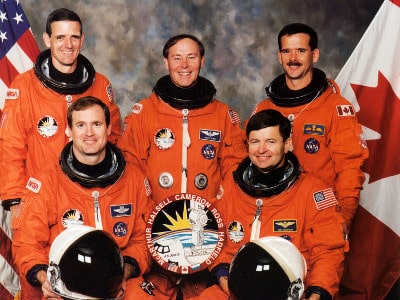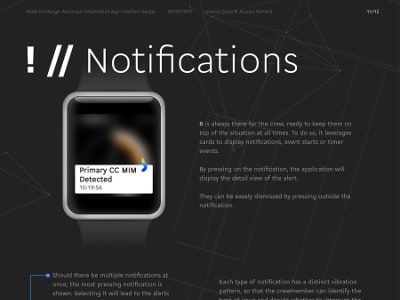
 A SpaceX Falcon 9 rocket blasted off from Cape Canaveral early this morning, at 12:45 a.m., on its way to the International Space Station (ISS), carrying a spectrometer from Waterloo, Ontario’s P&P Optica along with approximately 280 other research tools for conducting experiments in space.
A SpaceX Falcon 9 rocket blasted off from Cape Canaveral early this morning, at 12:45 a.m., on its way to the International Space Station (ISS), carrying a spectrometer from Waterloo, Ontario’s P&P Optica along with approximately 280 other research tools for conducting experiments in space.
The optical imaging equipment will be used by researchers aboard the ISS for a number of experiments, mainly to obtain information about the composition of the atmosphere by measuring light from the Sun at hundreds of wavelengths.
It was Bjarni Tryggvason, a Canadian astronaut who has previously flown two space missions for NASA in 1992 and 1997, who selected P&P Optica’s technology for this mission.
Tryggvason initially approached P&P Optica in 2013, followed by a rigorous testing and approval process, which ended with a June 2015 launch, on a rocket that unfortunately broke up during ascent owing to the failure of one of its struts.
“We were honoured when Bjarni asked if a P&P Optica spectrometer could be used during the mission,” said P&P Optica CEO Olga Pawluczyk. “Our spectrometer was aboard the SpaceX-7 in 2015 and we were all disappointed when that launch ended in the spacecraft breaking apart in flight. That being said, we’re excited again for this upcoming launch.”
Space flight is indeed a hazardous and expensive gamble, with steep odds against success despite the best efforts of our brightest minds here on Earth to ensure successful mission outcomes.
In February, a Japanese satellite carrying a laser measurement system provided by the Canadian Space Agency and developed by Ottawa’s Neptec Design Group ended up spinning out of control, never to be heard from again, dashing the efforts of many teams of researchers.
P&P Optica makes optimized spectral imaging systems that generally have more practical earth-bound applications for the food processing, recycling, oil and gas, and biomedical industries.
“We are still uncovering ways for spectroscopy to be used creatively here on earth in applications ranging from mineral mapping to chemical detection, so who knows what it might uncover in space as part of the experiments,” said Pawluczyk.
The SpaceX mission will be sending a Boeing-made International Docking Adapter, or IDA, to the ISS, as well as a MinION biomolecule gene sequencer, which measures changes in electrical conductivity as DNA components pass through a biological pore, and approximately 5,000 pounds of food, experiments and equipment.
The gene sequencer’s role will be to help understand the mechanisms causing bone loss, muscle atrophy and other challenges of living in microgravity.
The successful launch, and hopefully successful rendez-vous with the ISS, is a much needed morale boost for astronauts aboard the space station and for SpaceX, after last year’s mission failure.
After the launch, as an added bonus, SpaceX also nailed its fifth first-stage landing and second touchdown at Cape Canaveral’s Air Force Station, with the aim of recovering, refurbishing and re-launching Falcon 9 stages, which is part of Elon Musk’s ambition of dramatically lower the cost of spaceflight.
Leave a Reply
You must be logged in to post a comment.






 Share
Share Tweet
Tweet Share
Share




Comment